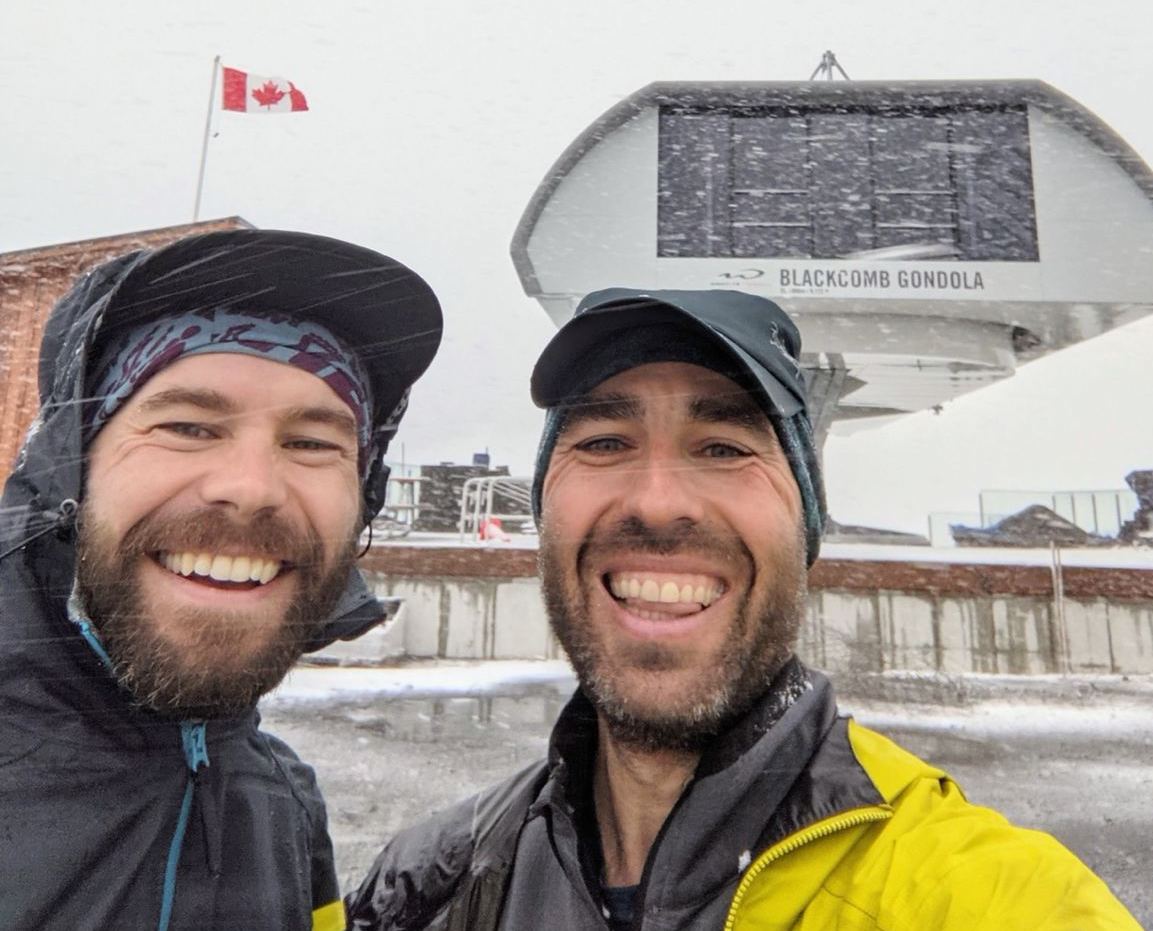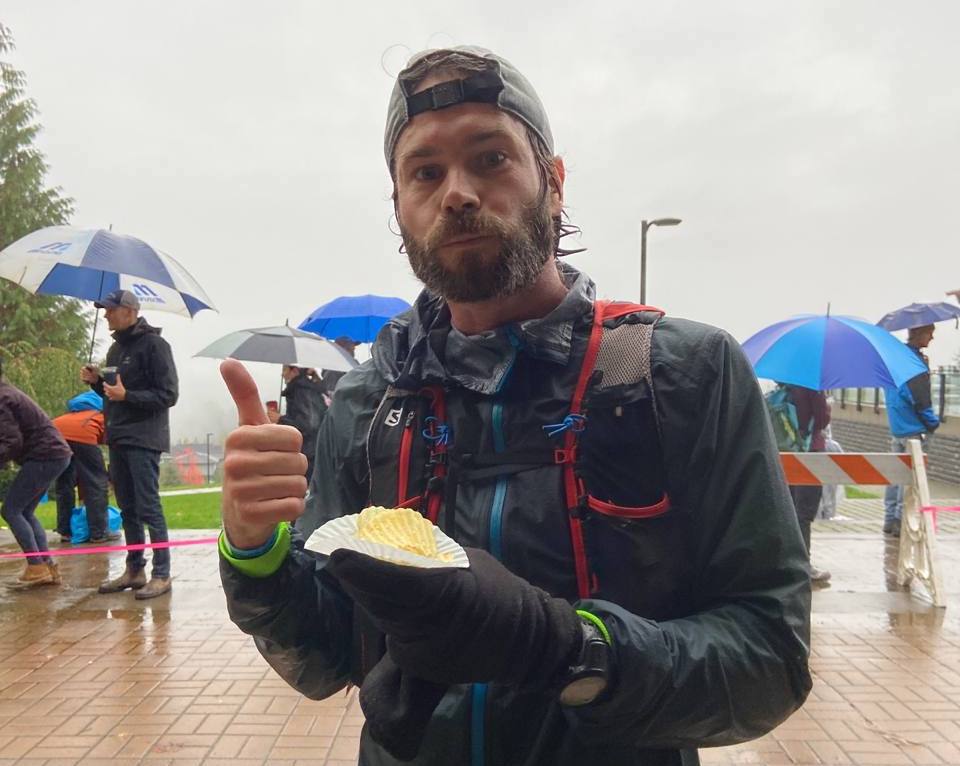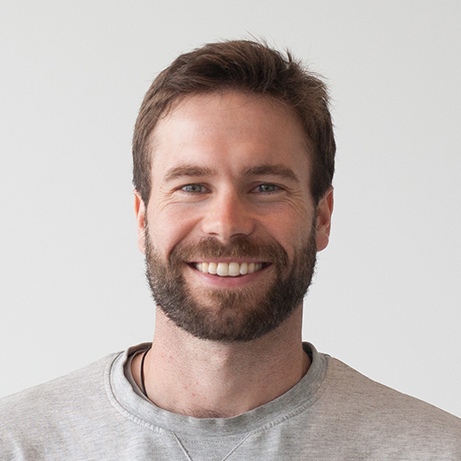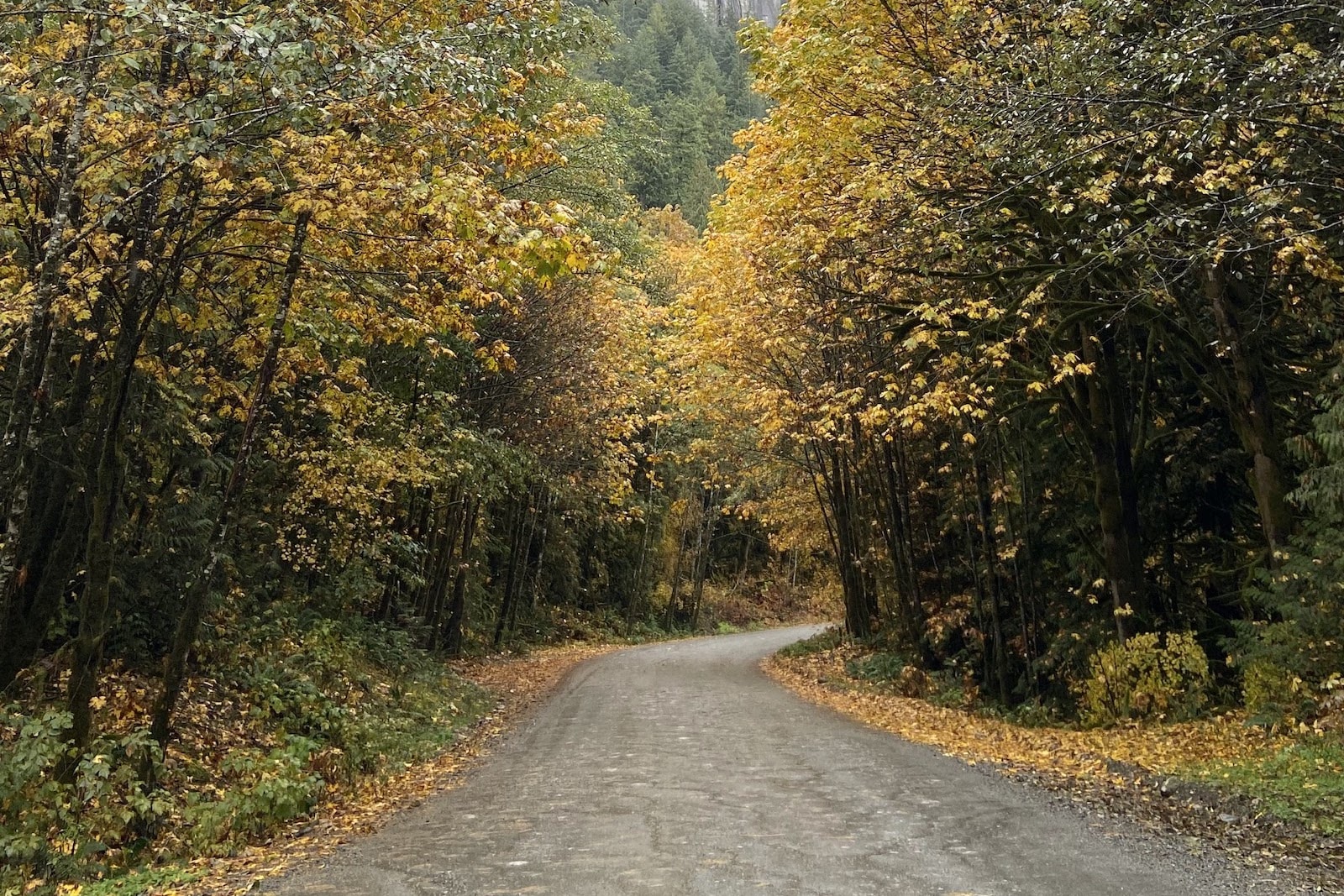The Covid era has not been kind to my running. After almost two years without races, I finally got back in the game and ran the Squamish 50k in October 2021. It’s taken me a while to write the race for a few reasons. Even though I’ve been on some amazing adventures over the last two years, I’ve felt like I’ve been in hibernation mode from a social/online perspective. Many of my other recent adventures also remain undocumented which is a shame. But while this blog may have fallen by the way side, but it has not been forgotten. I’m getting back on the wagon a race report of my DNF at the Squamish 50k.
Prior to SQ50, my last true race was in the fall of 2019. I ran the Whistler Alpine Meadows 110k and came away ready to up my game and go after some big 100 milers in 2020. Then Covid happened and everything was up in the air. Would there be races that summer?
In late March 2020, after few months off, I ran 70 miles “off the couch” in my parents neighbourhood as part of the Quarantine Backyard Ultra. A couple thousands of us zoomed in between loops kicking off a wave of “virtual races” all over the globe. It was a special experience that fit the period of uncertainty we all faced, but it was one that I hoped to never repeat. I didn’t run another virtual race again after that.
I missed real in-the-flesh racing, but I wasn’t in racing shape. At the end of 2019, I was the fittest running shape I’d ever been, but by the spring of 2020, I’d taken several steps backwards. I still had a good base — which I leaned on heavily while running the QBU — but I’d spent most of the winter building out my camper van. Running took a back seat. There was glimmer of hope that the Fat Dog 120 miler, four months away, and my “A” race for the year, would still happen. Within weeks it cancelled and and other replacement races were too. I ran intermittently that year and completed many other fun adventures, but I didn’t really progress as a runner.
2021 was essentially a repeat of 2020. Over the winter, I spent my evenings and weekends working on some more upgrades to the van. By spring, I’d logged a pathetic number of miles. I then spent two months on the road, logged a ton of miles in the van, but very few on my feet. By the summer, I felt very out of shape and I didn’t like it.
Fat Dog 120 had been cancelled again, and I was somewhat relieved as I definitely wasn’t ready for a 30+ hour suffer fest. I wanted to race again, but I knew I had to start slowly. Events in parts of the US were starting to happened again and there was a rumour racing would start again in BC that fall. The rumours were true and it was announced that the Squamish 50 was going to be happening in October. This meant substituting the heat for the risk of rain, but I was excited.
Whistler
I chose the Squamish 50k as it’s the companion to the 50 mile race that I ran in 2018. It’s a tough, but well organized race and I was excited to be joined by Martin, his friend Julien, and Bastien who was doing the 50/50, which meant doing both races on Saturday and Sunday.
Early in the summer, I joined Bastien on a 4 hour slow run as training for the 100 miler he would be doing in Quebec that August. It was rough and I knew I had a lot of work to do to get back to race shape. I continued running in Vancouver and the North Shore throughout the summer. Later in the summer, Anne organized a meet up at Garibaldi Lake near Whistler. She hiked from the main trailhead and I ran from the Cheakamus Lake trailhead, about 30k away. We had dinner and camped together, then in the morning, hiked to the top of Panorama Ridge then returned the via routes we each came. It was incredibly fun and an excellent training weekend.
After a trip to Montreal for two weeks, Anne and I decided to rent an AirBnB in Whistler for a month. Our place was walking distance to the base of Blackcomb, so after work, Anne would go for a hike and I’d go for a run, often up the steep Ascent trail. Martin had recently moved to Whistler as well, so he and we’d other trained together. We had a blast together and I racked up a ton of vertical gain. I was started to feel strong.

Training with Martin in the snow atop Blackcomb
The week before the race, I applied a light taper but kept running shorter distances. I recall feeling particularly tired, but I wasn’t too concerned. I’d been pushing pretty hard up until that point. The Friday before the race, we met up with Marty, Issa, and Julien who had flown in from Montreal for the race. We went out for dinner at the local pub and discussed the race plan for Sunday. Squamish is only an hour away, so we’d all be driving down together.
There’d been a weather warning for the weekend and by Saturday, it was dumping down in Squamish. We tuned into the SQ50 YouTube channel and cheered on Bastien from afar when he crossed the finish line. The weather looked rough and the stories from the commentators made it clear people were having a hard time out there.
Race Day
The weather was supposed to improved by Sunday, but when we woke up at 4am, it was still raining. I was a little nervous — cold and wet are a bad combination. I ate breakfast, gathered my things, and then Anne and I went downstairs to wait for Martin and Julien. They parked and then jumped in our car and we began the drive down to Squamish.
I put on some pump-up tunes for the ride, but everyone was mostly silent, still only half awake. When we arrived at Alice Lake, we parked at the drop off area and gathered our things. It was pouring and still hadn’t decided what I would be wearing. Should I put my rain jacket under or over my vest? I opted for “under” and put on a garbage bag with arm slits over my body for the pre-race checkin. It reminded me of my “Trashman” persona at the Outrun Backyard ultra.
It was cold, but bearable. The biggest stress was having to checkin and attach my bib with only 15 minutes before race start. I was frazzled and I felt out of practice. A few minutes before 6am, race director, Gary Robbins, gave his extra brief pre-race talk which mostly focused on the conditions. It was wet and was only getting wetter. He encouraged everyone to look out for each other out there. I took off my garbage bag and a minute later we wet off.
Squamish is a gnarly course yet people run it fast. I started near the front but didn’t race out hard. Instead I warmed up slowly and focused on how my gear set up felt. I wore gloves and two handhelds as I’d grown tired of carrying water on my chest. My headlamp batteries clearly were clearly low, but there were plenty of other people around so I didn’t have too much trouble hopping over the rocks and roots.
The first section is relatively runnable compared to the rest of the course. Going out too hard, however, can trip you up later when your legs are worn out by the climbs and the technical terrain. My jacket wet through quickly, but I felt warm and more comfortable than expected. Like every race start, I didn’t like feeling so crowded, but I was so focused on my footing that it didn’t bother me too much.
We hit the first hill and I hiked at a comfortable pace letting the eager runners go ahead. Before no time, we emerged from the trees and hit the clearing under the power lines where we followed a mountain bike trail with several S curves towards the Cliff’s Corners aid station. It was strange to be at this point so early in the race as my memory from the 50 miler in 2018 put us at this point many hours into the race when the sun had not only risen, but was high and hot. Today, we were barely at the one hour mark and the sun was just beginning to rise.
I reached the 8 km (5 mi) aid stations and grabbed a few snacks, but didn’t stay long. There are a couple kilometres on a forest road before we hit the long, infamous “Galactic Scheisse” climb up through the trees. I took the opportunity to pass a few people before hitting the single track. I’d run the Galactic climb twice during training and had a good sense of the 750m ascent — where you could run and where it was best to hike. I aimed to reach the top in 1h10 which would be aggressive but manageable. What I hadn’t considered were the challenges of running the ascent with a river of water flowing down it. In places I’d hoped to run, I was forced to walk and finding stable footing wasn’t exactly easy. We were all struggling, however, and there’s always something special about suffering together. It caught myself smiling for no particular reason other than how silly it all was.
My smiles were quickly replaced by concern as a got closer to the top of the climb. My lower back was hurting. A little pain was to be expected but this was something I didn’t recognize and it took me back to Catalina Island in 2017. I felt exhausted and my pace slowed down considerably. I let a few people pass me and hoped the feeling would pass once I got to the top of the climb.
As we got higher in elevation, I started to feel cold again and we reached a particularly deep section of water where one couldn’t see how deep it was. I took a blind step and my right foot disappeared. My whole body collapsed and I landed hard on my right hip. The runners ahead of me kindly stopped and called out to see if I was okay. I answered them with a meek “I’m alright” without really knowing if I was. My hip was definitely sore, but I could still move forward. As I progressed, however, my gait transformed into a hobble. I thought my race was over. I was frustrated and in pain, but it was so cold that I didn’t dare stop.
I made it to the top of the ascent 15 minutes behind schedule and I’d let 15 or so people pass me. As I descended, I tried to calculate how long it would take me to reach Quest, the half way point and where Anne would be waiting. I’d never dropped from a race before and I was incredibly disappointed that it looked like this would be my first. There was no way I could finish the way things were.
As I ran downhill, however, the strangest thing happened. My hip loosened and I found it bearable able to run. My lower back and glute pain also disappeared. Within minutes, I was suddenly barrelling down the steep and rocky single track. I started running like I had nothing to lose and started passing everyone that had moved ahead of me on the ascent. Everything was wet and slippery but I had zero fear. This voice inside my head said “There you go! You’re a good runner, goddamnit!” It was an incredible feeling and let the adrenaline keep me going.
The Word of Mouth aid station at 18k is only 5k before Quest at 23km, roughly the half way point. I had plenty of water, so I grabbed a couple things to eat and left feeling strong. My goal was to reach Quest in 3 hours as that would leave me a generous 3.5h to finish within my goal time of 6h30. The third section rolls along without any particularly challenging parts, so I ran most of it.
I rolled up to the Quest aid station in exactly 3 hours and I left like a different person. I stopped briefly to talk to Anne and told her about the crazy up and down I’d had, then grabbed some extra gels and waffles for the second half. I gave her a hug and left before I started to cool down. Having your people there to support you is such a treat.

Feeling okay at the Quest aid station
The Second Half
I ran up the road towards the trailhead, feeling comfortable on the incline. A car pulled up beside me and I heard voices cheering me on. It was Bastien and Jessica! Bastien was supposed to be running the 50k with us today, but he’d injured himself the day before and wisely decided to skip out on the second race. I was so happy to see them and it further spurred me on with confidence. I couldn’t believe how quickly my race had turned around. Highs and lows are to be expected, but these kinds of swings are not common in shorter distances.
I reached the trees and transitioned into a steady power hike. I’d done this climb in training and it’s very runnable if you pace yourself properly. I couldn’t see who was ahead or behind me which was kind of nice. I marched on for a while, but my confidence gradually wained. My lower back and glutes started to hurt again. My pace slowed considerably. I put my hands on my hips and tried to push through, but I was falling further and further behind my goal for the section. I got passed by a few runners and I tried to maintain a healthy perspective. I was moving slowly, but I was still moving. There would soon be a long descent and the pain would likely go away.
I started to see mountain bikers out on the trails and they were very supportive, cheering us all on. When we started to descend, my hips once again loosened and I was able to pick up the pace. I had a second wind and felt more confident until we reached the wooden bridge that crosses over the trail we travelled below. It was slippery and I took the path too fast. My beloved Superiors have a mild grip and in the wet conditions, they proved to be insufficient. I felt hard. This time on my other hip. Once I got up, I made my way down to the Garibaldi Road aid station at 32k feeling shaken. My legs still worked, but they were a mess. I didn’t know if I could survive another serious climb.
The 8km section between Garibaldi and Farside is my least favourite on the course. It’s the least pretty and the trail can be pretty gnarly even if it’s very challenging on paper. I took an extra couple minutes at the aid station to get mentally prepared. My aches and pains quickly returned once we started to climb. I was running out of fuel and runners continued to pass me. At this point, I didn’t really care. I just wanted to finish.
I walked the hills and hobble the flats and downhills. I disappeared into a version of the pain cave that I’d only entered in the late stages of much longer races. I didn’t care how fast I went as long as I didn’t stop.
We came to another wooden mountain bike ramp and I slowed down this time. I delicately placed my feet on the slippery logs, but it was no use. I slipped again, falling forward at an awkward angle. I broke my fall with my handheld water bottle, cracking it in the process. I slowly got up and assessed the damage. This time I was really done. My hobble had regressed into a limp. My entire right side had seized up and anything resembling a running movement was impossible. I started walking.
I came upon a woman on the side of the trail wrapped in a space blanket. She asked me how far it was to the next aid station. She was freezing and wanted to drop. I told her it was only a few more kilometres and that I had the same plan. I took out the trash bag I’d worn before the start and put it on to keep myself warm. It was only drizzling at this point, but my body temperature quickly started to drop. I pulled out my phone and called Anne. She was waiting for me at the finish line in Squamish. I told her what happened and asked her to pick me up at the Farside aid station.
I walked for about 30 minutes. It was enough time for a serious chill to set in. I walked into an aid station tent where they had a fire going and planted myself. One of the crew came up to me and enthusiastically said “you’re not quitting are you!?” I had to tell him I was and he tried to talk me into continuing, but the fire inside me was gone. I wanted to be warm and dry. Finishing the race didn’t mean enough to me to continue.
Anne arrived 10 minutes later and sat with me while I warmed up. I was disappointed but I wasn’t upset. Shit happens and on this day, shit happened. Back at the car, I dried off and changed into some dry clothes and then we drove back to Whistler.
Reflections
On the drive home, I walked Anne through the ups and the downs of the race. My mood improved quickly once I no longer felt hyperthermic. Anne told me Marty and Julien were looking strong when she saw them and on pace for a strong finish. I was really happy for them.
Every race leaves you with things to contemplate. Bad outings may be unpleasant, but they hopefully leave you a lesson to learn. On this occasion, I was content with my race day performance despite all the mishaps. My body took a beating, but the primary culprit were the conditions, and not some fundamental racing mistake. I could have worn shoes with a better grip, but I don’t think that would have been a game changer.
I think the biggest lesson was tied to my training decisions. I think I focused too much on vertical gain and didn’t give my climbing muscles enough time to recover between runs. Had I varied my long runs and incorporated strength sessions (squats, band work, etc.) I think I would have faired better. There’s no excuse for showing up to race day with tired muscles and I paid for it.
My first race in two years didn’t go my way, but it was still a success in sense that I got the running bug once again. This was a great stepping stone in getting back to where I was in 2019. One day, I’ll put down a decent time at Squamish. In the meantime, I’ll focus on running fundamentals and get ready for more ambitious races to come.

Ross Noble is a software developer, ultrarunner, podcaster and former van-dweller with a passion for the outdoors. He writes about running, cinema and anything else that interest him.
Montreal, QC
